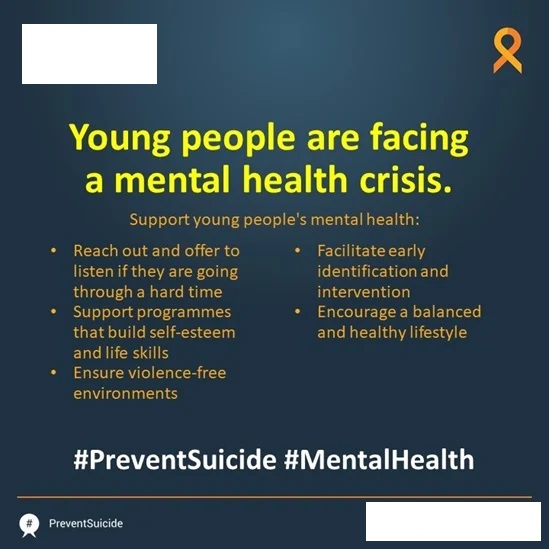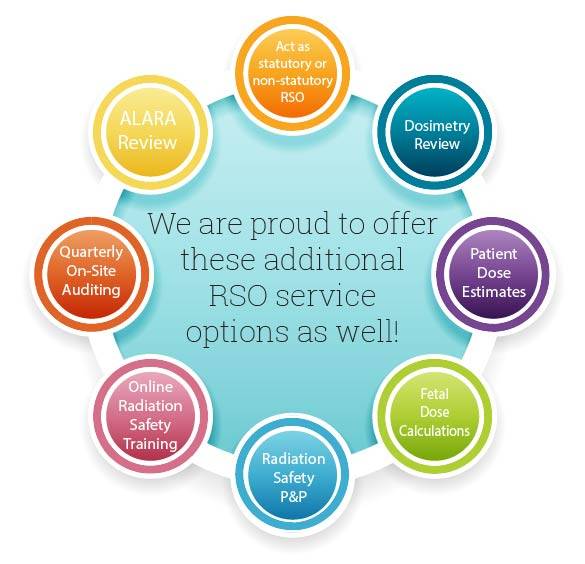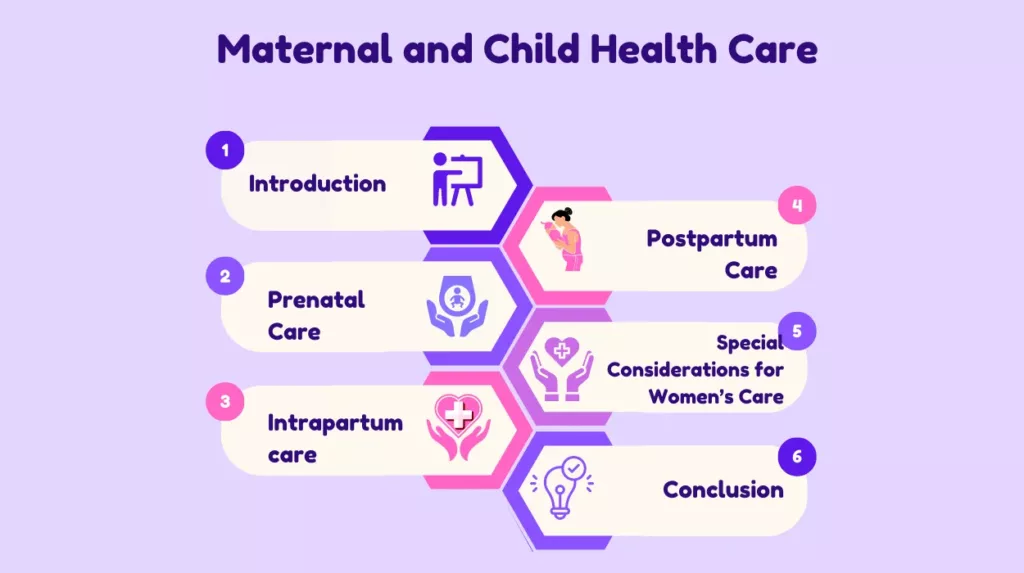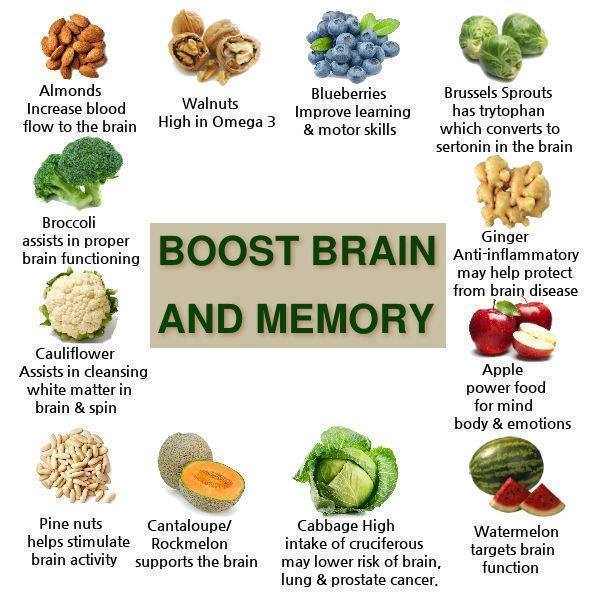Public Health Campaigns on Mental Health: Best Practices
Mental health is a cornerstone of public health, influencing individual well-being and societal productivity. Despite its significance, mental health remains stigmatized in many parts of the world. Public health campaigns play a vital role in breaking barriers, promoting awareness, and providing resources for mental well-being. Below, we explore the best practices for designing and implementing effective mental health campaigns.
1. Understand the Target Audience
Public health campaigns must be tailored to the specific demographic they aim to reach. Mental health needs differ across age groups, cultures, and socioeconomic statuses. For example:
- Youth-focused campaigns may address stress, social media pressures, and academic challenges.
- Elderly-focused initiatives may highlight loneliness, depression, and dementia awareness.
Best Practice: Use surveys, focus groups, and data analytics to understand the unique challenges of your target audience.
2. Reduce Stigma Through Awareness
Stigma is one of the biggest barriers to seeking mental health support. Campaigns should aim to normalize conversations around mental health through relatable stories, statistics, and testimonials.
Example: “It’s Okay to Not Be Okay” campaigns emphasize that seeking help is a sign of strength, not weakness.
Best Practice: Partner with celebrities or influencers who can share their mental health journeys, making the message relatable and impactful.
3. Utilize Digital Platforms
Social media, websites, and mobile apps have become powerful tools for spreading mental health awareness. These platforms enable campaigns to reach a broad audience quickly and cost-effectively.
Example: The #BellLetsTalk campaign uses social media to encourage mental health conversations, donating funds for every interaction.
Best Practice: Create shareable content such as infographics, videos, and interactive quizzes to engage users effectively.
4. Collaborate with Stakeholders
Collaboration with schools, workplaces, healthcare providers, and community organizations can amplify the impact of mental health campaigns. These partnerships ensure that the message reaches various societal levels.
Example: Campaigns in schools can integrate mental health workshops, while workplaces can promote Employee Assistance Programs (EAPs).
Best Practice: Involve mental health professionals to validate the campaign’s content and provide resources.
5. Focus on Accessibility
Awareness alone isn’t enough—campaigns must guide individuals toward accessible resources and support systems. This includes hotlines, counseling centers, and online therapy platforms.
Example: Campaigns such as “Heads Together” by the Royal Foundation promote access to mental health services.
Best Practice: Include a clear call-to-action with easy access to mental health resources in all campaign materials.
6. Monitor and Evaluate Campaign Impact
Evaluation is essential to understanding a campaign’s effectiveness. Metrics like engagement rates, increased help-seeking behavior, and reduced stigma can provide valuable insights.
Best Practice: Use feedback mechanisms like online surveys and social media analytics to assess what worked and what didn’t.
7. Cultural Sensitivity and Inclusivity
Mental health perceptions vary across cultures, necessitating culturally sensitive campaigns. Messages should be inclusive, avoiding stereotypes or assumptions.
Best Practice: Translate materials into local languages and consider cultural nuances in imagery and messaging.
Examples of Successful Mental Health Campaigns
- Time to Change (UK): Focused on reducing stigma through storytelling and public pledges.
- Beyond Blue (Australia): Aimed at tackling depression and anxiety, offering a 24/7 helpline.
- MindMatters (Global): A school-based initiative to enhance students’ mental health literacy.
Conclusion
Mental health campaigns are crucial in addressing the global mental health crisis. By understanding the audience, reducing stigma, leveraging digital platforms, and ensuring accessibility, these campaigns can drive meaningful change. As mental health continues to gain recognition as a public health priority, adopting these best practices will help create a world where mental well-being is a shared goal.











Leave a Reply